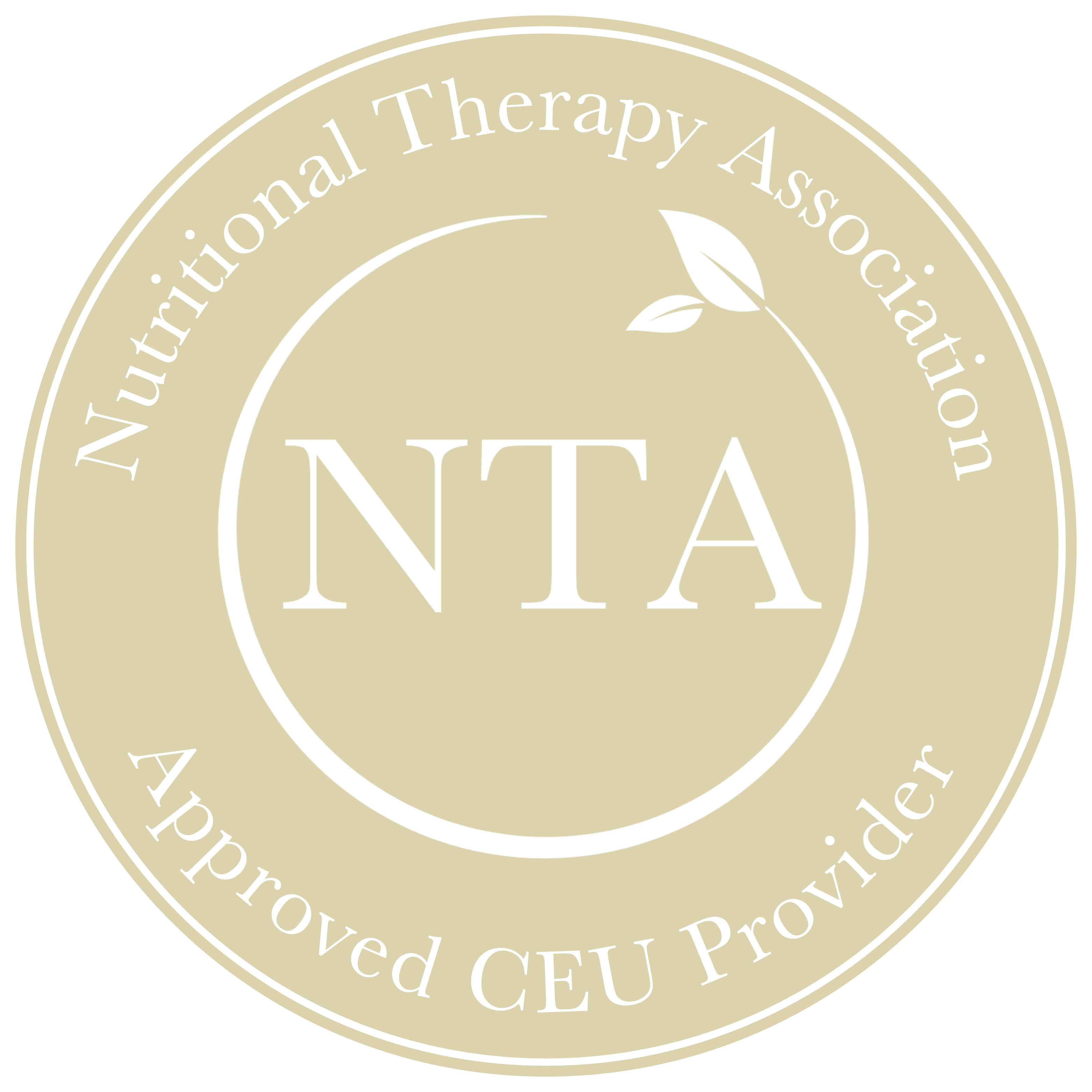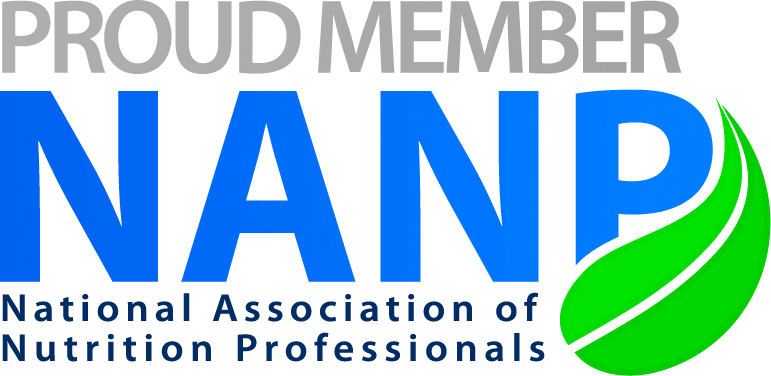The single most frequently asked practice-management question we get is this:
“How do you talk to your clients about the cost of true healing – the cost of engaging in more than symptom management?”
Let’s face it: this work isn’t cheap. It’s an out of pocket expense not covered by insurance. When you tally up the cost of labs, our session fees, and supplements, engaging in this deeper process is quite a significant financial investment. During times of financial uncertainty, this question gets bigger and louder.
How do we manage the financial aspect of our work in a way that meets our own income needs as practitioners while also meeting our clients where they are?
Most of us aren’t here exclusively for the money, but at the same time this is our livelihood, not simply a side hobby. It’s appropriate and necessary to charge for our vocation. We don’t want to compromise on what we know will generate the best results for our clients, but the hard truth is that to engage in this type of deeper healing process is expensive. How do we handle this situation?
Here are five strategies we use to structure and price our offering such that it’s accessible even during tight financial times:
1. Create a lower-cost group program as an entry point
Some clients come to us without even the basics in place. They’re eating a variation of the Standard American Diet, their lifestyle is far from optimal, and they’re at the very beginning of their health journey.
For these clients, diving into lab testing and challenging protocols can sometimes be too great a leap for them. Also these initial steps don’t require the kind of customized support that we typically provide in our one-on-one private practices. To meet these clients where they are in their health journey, consider developing a group program that spans several weeks to help them transition away from health-destroying habits to a more nutrient-dense, whole foods diet with lifestyle habits that promote health. This becomes a much lower-cost entry point to access your knowledge, and allows you to leverage your time to serve and support multiple people at once.
If you don’t have a program such as this created and don’t have the interest or time to create one, check out The Restart Program. It’s an excellent real-food group course you can purchase and use for your clients. Many RWS practitioners use and love this program and it’s an excellent, affordable entry point for new clients. In fact, Jeni Hall, founder of The Restart Program, has generously offered RWS Practitioners $100 off the price of registration to make it more affordable for you. Simply enter the coupon code RWS100 on checkout to receive your discount.
2. Determine the non-negotiables of your private practice offering
Next, get really clear on what is absolutely essential to your practice. Once you’ve got the client eating well, what’s next? Look at the clients with whom you’ve had the best results: What tools did you use? How much support did you give them? How did you structure your process?
Conversely, consider those clients where you didn’t get good results at all. What corners did you cut? What tools did you use or omit? What was different about these clients?
Based on this experience, can you tease out your best practices? For example we find that at minimum, GI stool testing and the MRT food sensitivity test is a critical starting point. Whenever we’ve skipped this step or tried to save money by doing only one test or the other, the results are not nearly as transformative and thus these two assessments are essential components of the work we do. They are “non-negotiables”.
What are your practice non-negotiables?
3. Bundle your services into a discounted package
Once you’ve identified your non-negotiables, consider bundling them into a discounted package to make it more affordable for your client.
For example, I tally my non-negotiables: lab fees for essential labs (typically the GI MAP stool test and MRT food sensitivity test mentioned above), my session fees over the six months, and an estimate of monthly supplements. I calculate the retail cost of all of this and then discount the total by 20% to make it more affordable for the client while honoring their commitment to the complete process (investing in a 6-month package rather than going session-by-session). This has the dual benefit of bringing down the total cost and ensuring the highest likelihood of excellent clinical results for the client.
4. Determine a percentage of clients you will see pro-bono
We know that even in the best of times, there are people who desperately need our help but who can’t afford us. In these times of massive financial uncertainty, more people than ever find themselves in this situation. Is there a way to accommodate and serve this population and still remain financially viable ourselves?
Yes, there is, but we need to be intentional and strategic with how we handle these clients. Here’s what we do:
Identify a certain number or percentage of clients for whom you will offer your services pro-bono. As part of this, identify some objective criteria they need to meet to qualify for this pro-bono work, such as true financial need, the severity of their health complaints, and their commitment to following your recommendations and process.
They will still need to cover the cost of labs and supplements, but you can significantly discount the work by offering your time for free. And this provides a means of supporting those who truly need your support but can’t afford it, while continuing to ensure your practice is viable financially.
5. Most important of all: Always speak to the transformation and result, not the services themselves
Regardless of the conversation you’re having with your client, remember what they’re really buying isn’t all the “stuff” of the service. On the surface it may appear that they’re buying supplements, labs, and your time. But that’s not what they’re buying at all.
Your clients are buying results: freedom from digestive complaints, more energy, restorative sleep, a body that thrives and allows them to do the things they want to do.
It is easy and tempting to focus our conversations with clients around what we do and how we do it, but in reality, if they could get well by wearing a purple polka-dot jumpsuit they’d buy that as well. The labs we run, the supplements we use, the dietary protocols we recommend, the lifestyle interventions we make… these are simply vehicles to get our clients where they want to go as quickly as possible, which is to true and lasting healing.
Always remember that what matters most is the result and the life transformation that results from this work. Keep this front and center of all financial conversations and the perspective of cost changes accordingly.
Lastly, let’s not forget that true health and wellness has never been more important than it is right now. The single best way to protect yourself from complications – be that from a viral infection or a broken arm – is to be robust and healthy. And that is what we offer our clients: we are facilitating their health and wellbeing such that they are resilient to whatever comes their way.
Not yet working with the essential tests mentioned above? Our next Mastering the Art and Science of Gastrointestinal Healing class begins September 1st. Click here to get on the waitlist and be notified when registration opens in August.







